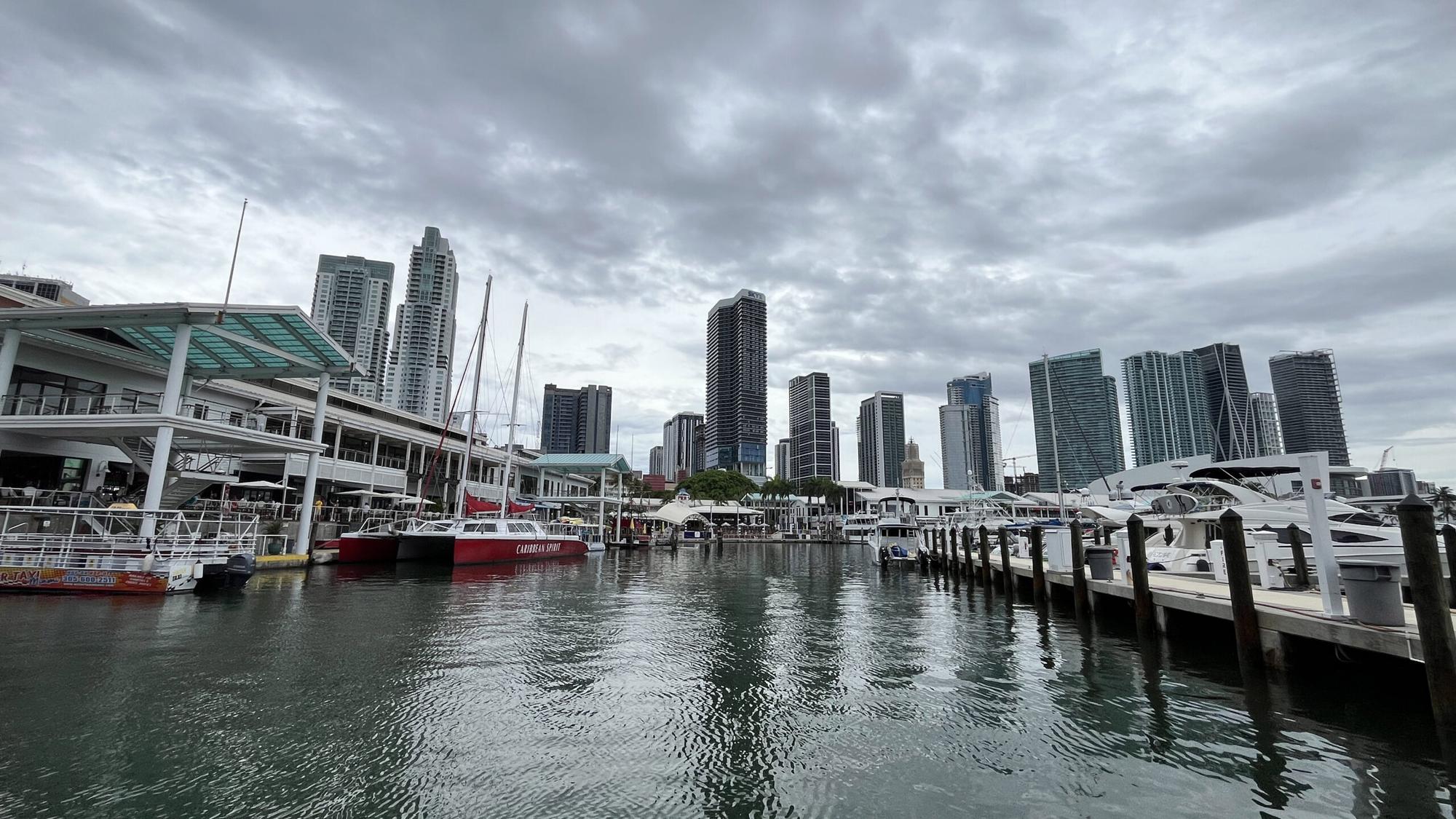SpaceX achieved a remarkable milestone with its historic Starship Flight 5 on October 13, 2024, marking a significant leap in spaceflight technology. The mission featured a groundbreaking feat: the successful capture of the Super Heavy booster using SpaceX’s innovative “chopstick” arms, a part of the Mechazilla launch tower system. This was the first time a rocket booster had been caught midair by such a system, revolutionizing the approach to rocket recovery and reuse. SpaceX’s Mechazilla tower consists of large robotic arms designed to “catch” the descending booster, eliminating the need for traditional landing gear and drastically reducing the time between launches.
The engineering behind this achievement is nothing short of extraordinary. As the Super Heavy booster descended toward the launch tower, its engines gradually shut down, allowing the chopstick arms to lock onto the booster precisely as it hovered in position. This maneuver, accomplished on the first attempt, stunned engineers and observers alike. SpaceX has emphasized that the success of this landing paves the way for fully reusable spaceflight, an essential component of its long-term vision of enabling frequent and cost-effective space missions to the moon, Mars, and beyond.
One of the key drivers behind the development of the chopstick system was the need to increase launch frequency while minimizing recovery time. By eliminating the need for booster landing legs and replacing them with a midair catch, SpaceX can quickly reposition the booster on the launch mount, ready for its next mission. This system is designed to bring SpaceX closer to its goal of rapidly reusable rockets, which could revolutionize space transportation by significantly cutting costs and shortening mission turnaround times.
The implications of this achievement are vast, especially considering SpaceX’s collaboration with NASA on future moon missions. NASA has already selected Starship as the lander for its Artemis program, which aims to return astronauts to the moon. The success of the chopstick landing system enhances the prospects of these ambitious missions, as Starship’s reusability will be crucial in reducing costs and improving reliability for deep-space exploration.
This accomplishment represents the culmination of years of testing and incremental improvements to the Starship system. Earlier Starship tests faced setbacks, with issues ranging from stage separation failures to heat shield malfunctions. However, each flight provided valuable data, leading to significant upgrades such as enhanced thermal protection and aerodynamic control. With Flight 5, SpaceX has not only demonstrated the viability of its reusable rocket technology, but also taken a major step forward in its quest to build a sustainable future in space exploration.
In summary, SpaceX’s Starship Flight 5, featuring the first-ever chopstick catch, symbolizes a new era in spaceflight. This successful test of the Mechazilla system, combined with the reusable Starship and booster design, brings SpaceX closer to its ultimate goal: making space travel accessible, frequent, and affordable, potentially accelerating humanity’s journey to other planets.

